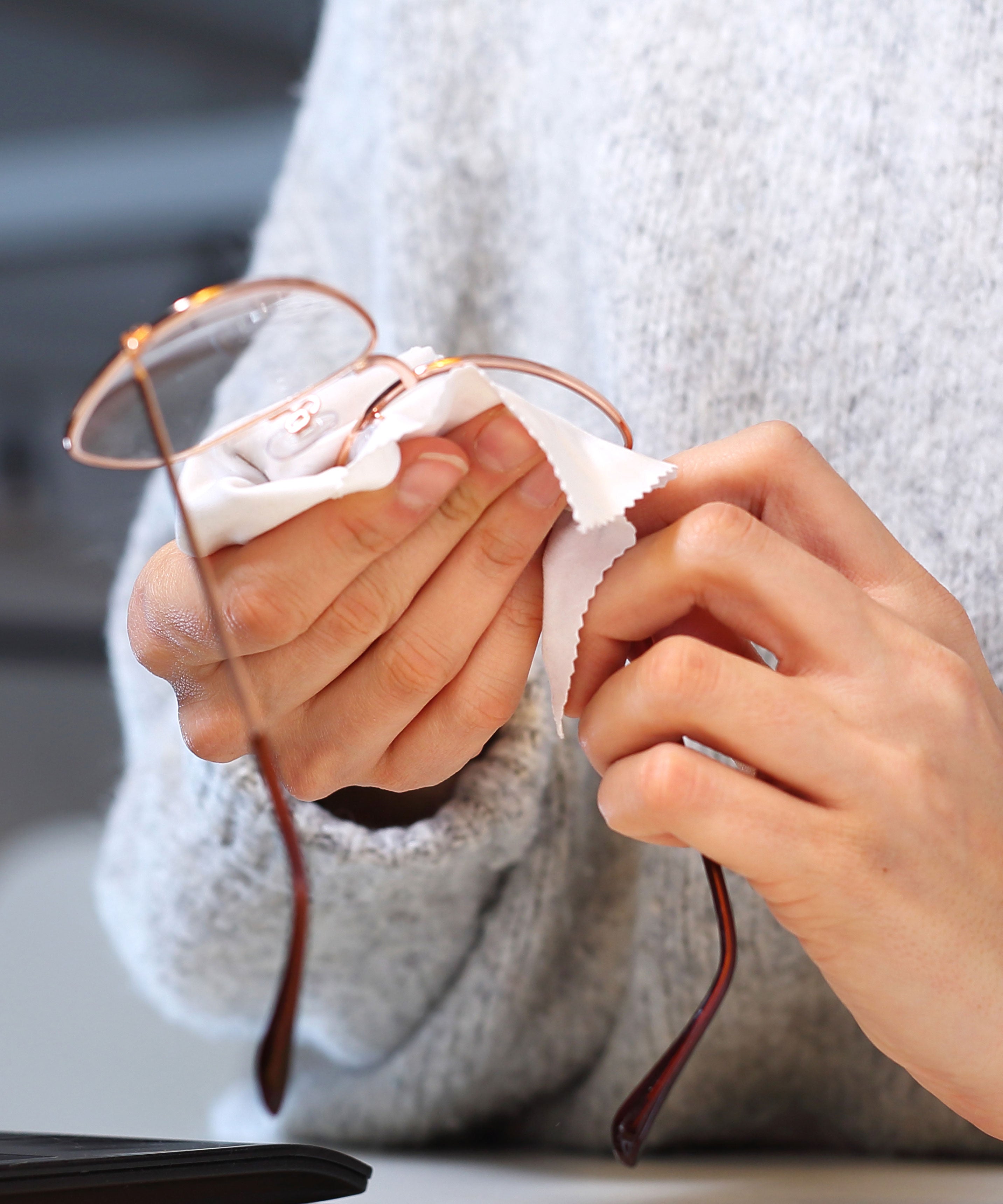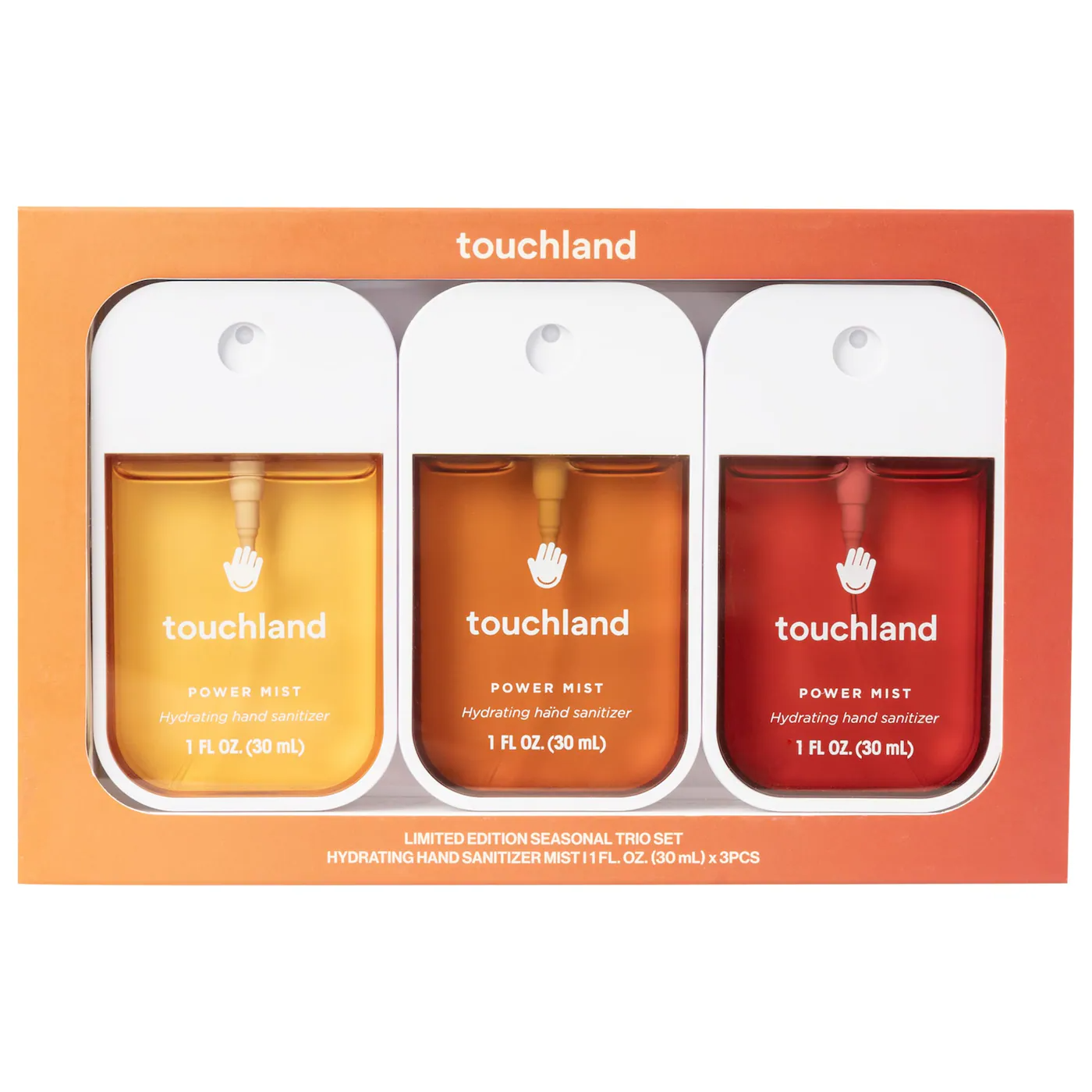

Wearing a face mask in public is officially recommended by the CDC across America — and legally required in seven states including New York, New Jersey, Hawaii, and Connecticut. And for the most part, we’ve grown used to wearing them whenever we leave home. A fairly widespread issue has come to our attention, though: wearing a face mask alongside eyewear, be it corrective glasses or sunglasses, causes the lenses to fog up. This is more than an annoying problem — for doctors, or even those behind the wheel of a car or riding a bike, it can be actually dangerous.
For sunglass wearers, there’s a very obvious solution to your fogging problem: simply take off your eyewear. But for the 75% of people in the U.S. who need some sort of vision correction (71% wear glasses and 22% wear contact lenses), the answer is a bit more complicated, especially since the American Academy of Ophthalmology is now suggesting that all contact-lens wearers shelve their supply for the time being and opt for old fashioned glasses instead.
The reason why your glasses fog up when you wear a face covering is because warm air from inside the mask escapes through openings at the top (near your cheeks and nose) and clashes with the cooler air on your glasses, causing condensation to build up on your lenses. The process is similar to when eyeglass-wearers experience foggy lenses when they go from inside to outside during cold weather conditions. Luckily, there are a few easy solutions to your fogging problem that’ll keep you seeing clearly and safely for as long as masks are recommended.
Pull up your mask
If there’s too much space between the top of your face mask and the bottom of your glasses, the likelihood that your glasses will fog up increases. To combat this issue, try pulling your mask up on your face and using the weight of your glasses to block air flow from under your mask.
Buy a mask with a nose adjustor, or make your own
Wearing a face mask that includes a metal nose adjustor, as many do, certainly helps. As does adding a pipe cleaner to the nose of your homemade mask to help it maintain its shape. Tape also works. (But in all likelihood — especially if you live in a chillier climate — air will still make its way from inside your mask to underneath your glasses, causing moisture to appear.)
Wash your glasses with soap and water
According to a paper published in the medical journal Annals of the Royal College of Surgeons of England by doctors Sheraz Shafi Malik and Shahbaz Shafi Malik, soap and water are your holy grail. After washing your hands (for a full two minutes, of course), simply lather soap on each of the lenses of your glasses and wash them diligently using warm water. After washing, let them air dry completely. The study states that soap “leaves behind a thin surfactant film” that causes “water molecules to spread out evenly into a transparent layer.” The result? No fogginess.
“As a person who wears glasses I found myself affected by this issue when operating,” Dr. Sheraz Malik, senior clinical fellow at Manchester University Hospitals NHS Foundation Trust, told The New York Times. “I haven’t timed it, but the technique reliably works for more than a half-hour when operating.”
Unfortunately, we haven’t found a permanent fix to this particular COVID-related issue — yet. For now, if you’re one of the three in four Americans in need of corrective lenses during coronavirus, your best bet is to scrub your glasses clean in the same way you have been your hands — with soap and for as long as it takes to say the ABCs two times over.
COVID-19 has been declared a global pandemic. Go to the CDC website for the latest information on symptoms, prevention, and other resources.
Like what you see? How about some more R29 goodness, right here?
What To Do With Your Clothes If You Go Outside




